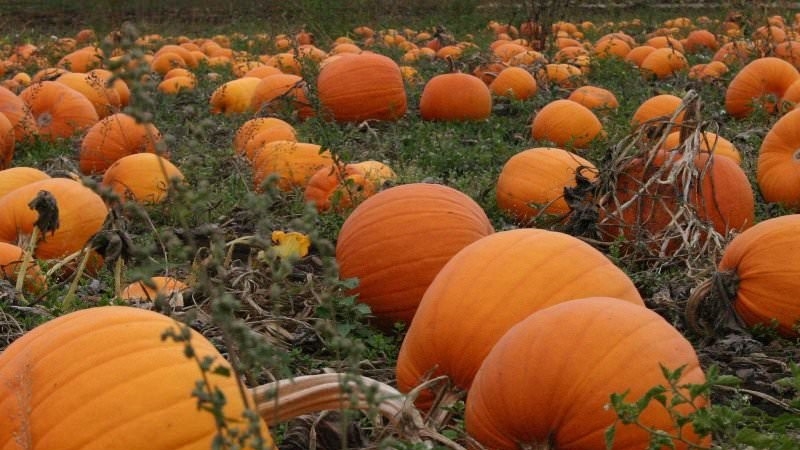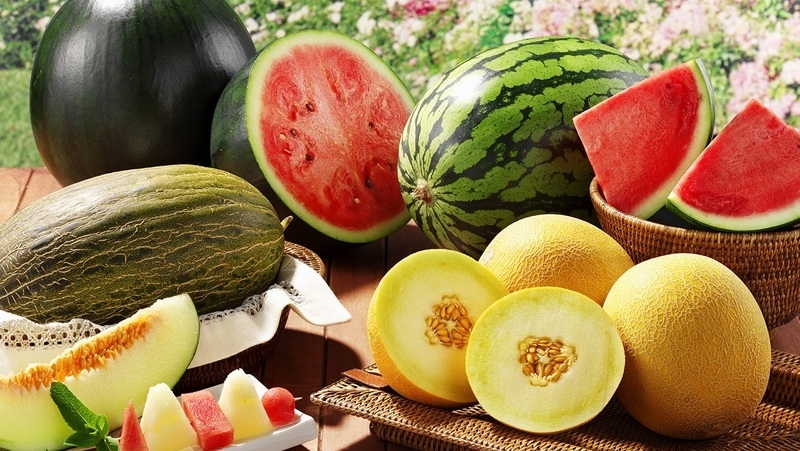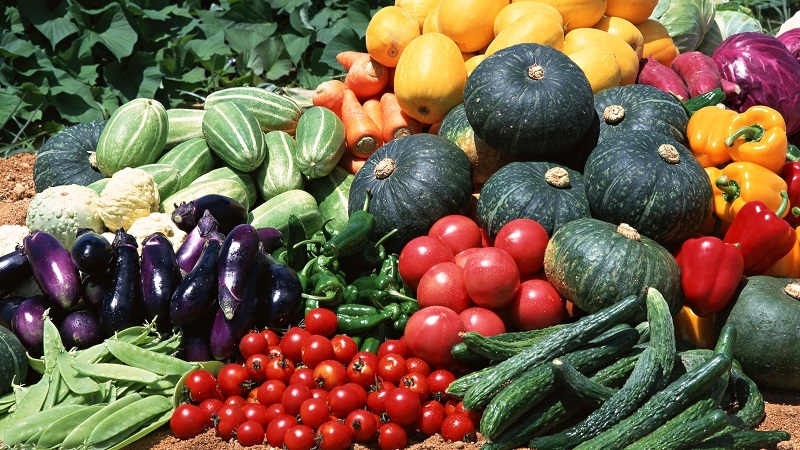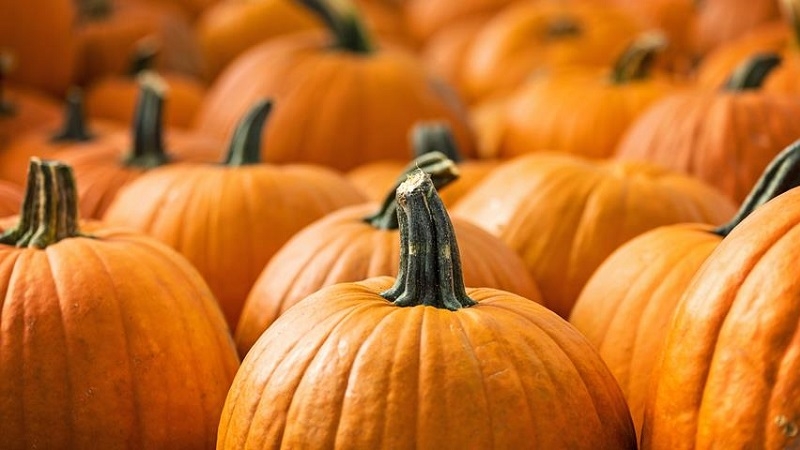What to plant after a pumpkin next year: crop rotation rules and useful recommendations for drawing up beds
The pumpkin has been known to mankind for over five thousand years. It contains many vitamins and is very useful for the body, in addition, this fruit is very tasty, and therefore gained such popularity. It is grown all over the world also because it is very unpretentious to care for.
But there are several nuances that qualitatively affect the taste and size of the crop. They should certainly be taken into account by those who want to grow a useful "fatty" in their area. So, for example, crop rotation rules are important. Let's figure out, after which it is better to plant this plant, and what to plant after the pumpkin the next year.
The content of the article
What is crop rotation
Our ancestors also noticed that if the same plants are planted in the same place every year, the soil becomes depleted and ceases to bring a good harvest. It also matters which crops grew in front of a particular plant, and which ones will grow after it.
The rotation of crops, identified empirically for many generations and systematized by modern agronomists and gardeners, is called crop rotation. With this knowledge in service, even an inexperienced farmer can easily calculate what to plant after which. Ideally, the planting site should be changed every season.
So what are the rules for pumpkin crop rotation? It is not recommended to repeat the planting site for this plant more often than once every three to five years.
Do you know? In fact, pumpkin is not a vegetable, but a berry, only very large.
After which the pumpkin grows better
For this culture, the predecessor that grew before it on the site is important, although in general it is unpretentious. The miracle berry grows best after legumes, cauliflower or early cabbage, onions or garlic.
It grows well after potatoes and other root crops. The most optimal predecessor is perennial grasses or winter wheat. They enrich the soil with substances necessary for the "fat".
Pumpkin is a heat-loving plant. Crops such as spinach, lettuce, or radishes can be grown before it gets hot and the lashes fill the area.
Unsuitable precursors for pumpkin
First of all, this plant should not be planted after species similar in kinship: cucumbers, squash, zucchini. They have the same diseases that can infect “relatives” planted in the same area the next year. In addition, such a sequence emasculates the soil, and the plants will not be able to fully develop and give a good harvest.
The "fat woman" does not like tomatoes, turnips, peppers and eggplants. These plants are considered unfavorable precursors for pumpkin.

Optimal Pumpkin Followers
What to plant after pumpkin next year? This is one of the few crops after which almost any plant can be planted with a few exceptions.
Pumpkin will be an excellent predecessor for:
Planting what crops after pumpkin are best avoided
After this vegetable, most crops can be planted. The only taboo is plants from the same family.
Zucchini, squash, cucumbers, melons, watermelons - this is what it is not recommended to plant either in front of the pumpkin or after it... The same diseases, the same minerals necessary for growth, the same pests. From all sides - some disadvantages.

Good neighbors
Different types can coexist with pumpkin. Although there are a number of plants that will be the best neighbors for her. One of them is corn. In the vicinity of her, a fatty berry can be planted for compaction. The vegetable is quite tolerant of shading, and corn is not scared if pumpkin shoots are braided around it.
Also, pumpkin is well adjacent to potatoes, despite the fact that many sources have the opposite information. Nevertheless, there is an experience of such a neighborhood. You can plant melon and along the edges of the site. At the same time, it is necessary to ensure that the lashes do not fill the beds.
A wonderful neighbor for the fruit and its “congeners” is the black radish. The special substances released by it during the growth process - phytoncides - will save the plant from the spider mite. Tomatoes planted nearby will prevent pests such as sawfly, moth and aphids from attacking pumpkin plants.

With whom the pumpkin is "not friends"
Some crops, especially undersized ones, may be uncomfortable in the vicinity of a pumpkin.
Over time, it grows strongly, clogging nearby growing crops. The "neighbors" who do not favor pumpkin are practically the same as the unwanted followers-predecessors. Among them are all types of pumpkin seeds (zucchini, cucumbers, squash, melons and watermelons), and also eggplant and cabbage.
Important! You shouldn't plant related plants nearby. They not only can interfere with each other and infect plants of their own kind with diseases, but they also run the risk of simply getting dusty with them. Cucumbers or melon overdusted with pumpkin are unlikely to delight gardeners with their taste.
Tips from experienced gardeners
Experience gained over the years is always of great value. What advice do experienced gardeners give on pumpkin crop rotation?
Inna: “On my plot, after the pumpkin, I plant everything except other pumpkin (melons, cucumbers, watermelons). Although I'm sure if the vegetables do not get sick, you can leave them in the same place, including the pumpkin. I, for example, have been growing zucchini in the same holes for many years, and they are of the same family. The only caveat is that you need to fertilize every year so that the land does not deplete. I am using humus. The permanent "place of residence" has not yet affected the quality of fruits and productivity, and I do not observe any diseases either. "
Sergei:“Biologically speaking, pumpkin will not hurt its neighbors in any way. When choosing crops that will grow nearby, you need to take into account that the pumpkin bushes are powerful, and the whips are long. The main thing is that it does not drown out neighboring cultures. And after the berry itself, you can plant everything in the garden, except for its closest relatives. I like the result of planting tomatoes and potatoes after it. "
Lyudmila:“After the pumpkin, the pepper grows well, the soil after it is optimal! If you grow peppers in a greenhouse, you can even transfer pumpkin soil underneath. Yes, it's a hassle, but the result is worth it. Tomatoes or eggplants are not bad on such soil. "

Conclusion
For all the apparent simplicity of pumpkin care, there are features that are fundamentally important for this culture. She is picky about her predecessors, but it is important for her to take into account the rules of crop rotation. As a precursor for pumpkin, it is best to avoid cucumbers, squash, melons, watermelons. And after the "bbw" itself, you can plant almost any vegetables, except for those related to her.
It is advisable to fertilize the soil after the pumpkin with organic matter: compost or humus. This will increase the yield on the former pumpkin patch at times. Compliance with the rules for planting followers, predecessors and proper soil preparation after sowing a pumpkin will help to get an optimal harvest of both the pumpkin itself and other crops.
